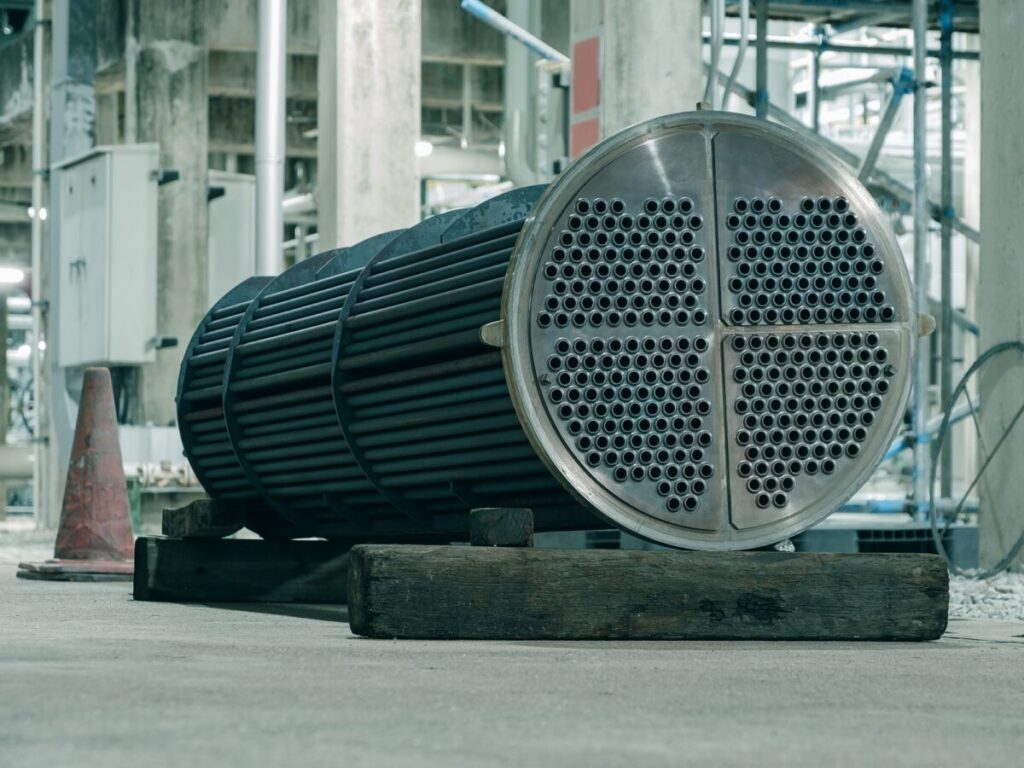A Shell & Tube Type Heat Exchanger consists of a bundle of tubes enclosed within a cylindrical shell.
The two fluids, with different temperatures, flow through the tubes and the shell, allowing heat transfer between them without direct mixing.

We render our maximum efforts to fulfil customer requirement in achieving best quality with best competitive price.
Heat exchangers are essential devices in various industries, facilitating efficient heat transfer between fluids. Shell & Tube Type Heat Exchangers, also known as tubular heat exchangers, are widely used due to their robust design and versatile applications. This article explores the functionalities, benefits, applications, and innovations of Shell & Tube Type Heat Exchangers in diverse industrial settings.
The operation of a Shell & Tube Type Heat Exchanger involves the following key steps:
Step 1 : Hot Fluid Inlet: The fluid with a higher temperature enters the heat exchanger through the inlet nozzle and flows through the tubes.
Step 2 : Cold Fluid Inlet: The fluid with a lower temperature enters the heat exchanger through another inlet nozzle and flows around the tubes within the shell.
Step 3 : Heat Transfer: As the hot fluid passes through the tubes and the cold fluid surrounds the tubes, heat is exchanged between the two fluids. The hot fluid transfers its heat to the cold fluid.
Step 4 : Heat Exchange Process: The heat exchange process takes place through the tube walls, enabling efficient heat transfer without direct mixing of the two fluids.
Step 5 : Cold Fluid Outlet: The now heated cold fluid exits the heat exchanger through an outlet nozzle.
Step 6 : Hot Fluid Outlet: The cooled hot fluid exits the heat exchanger through another outlet nozzle.
We Are Here To Help You 7 Days A Week And Respond Within 24 Hours. Plus, You Can Find the Most Answers To Your Questions.
WhatsApp us